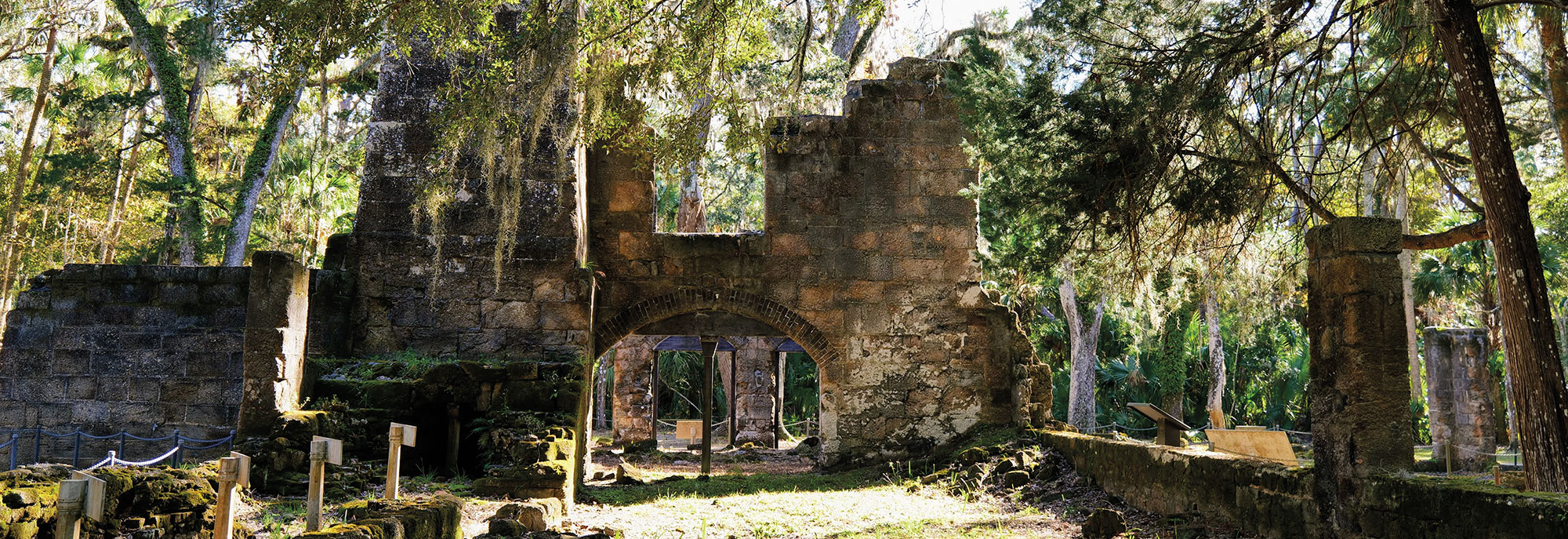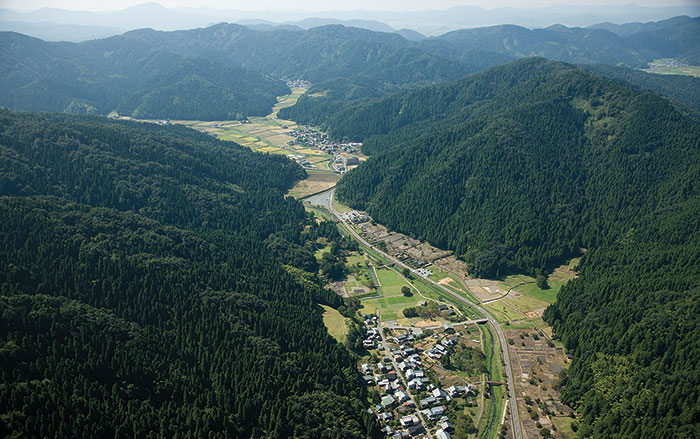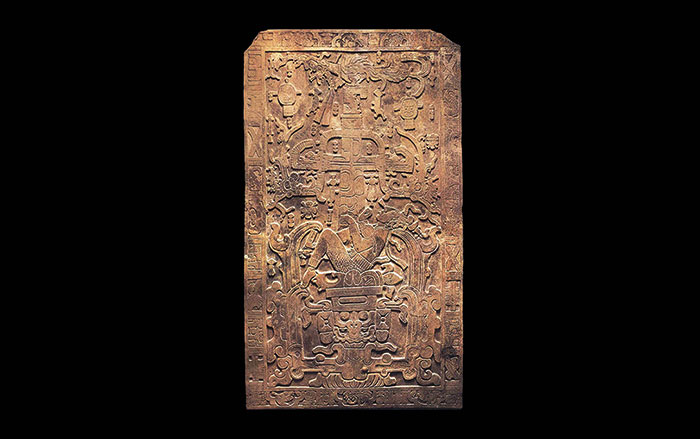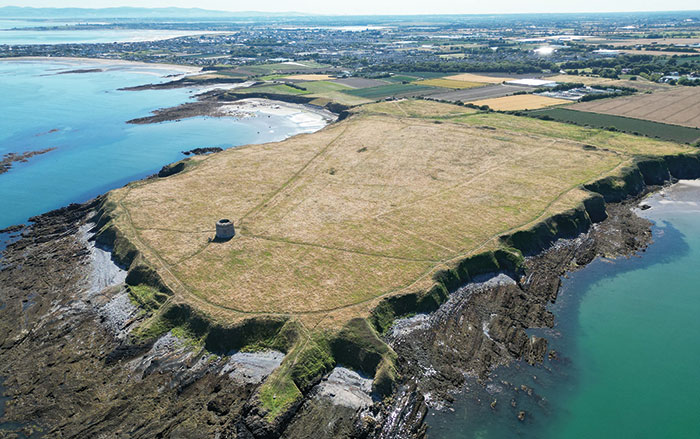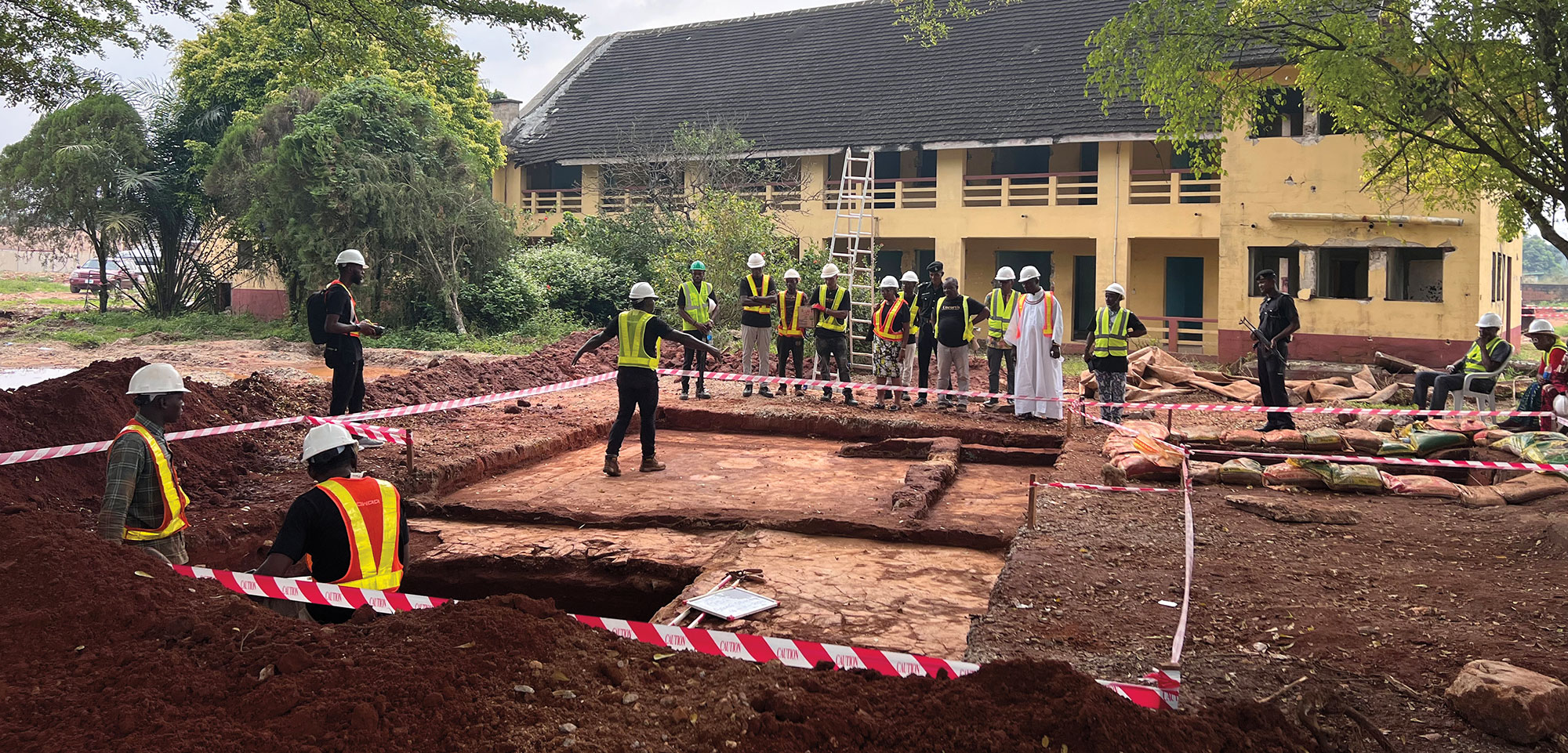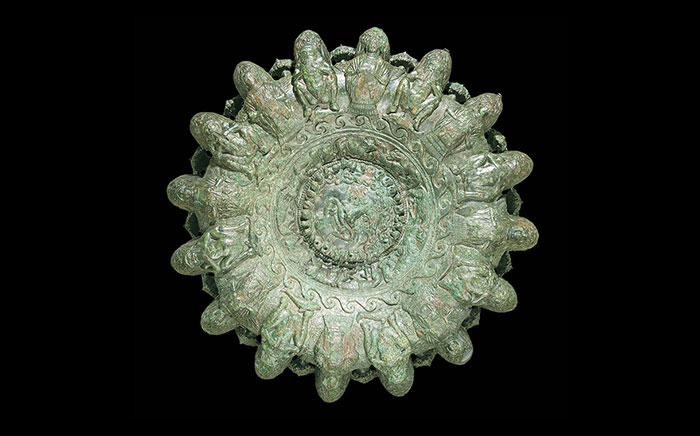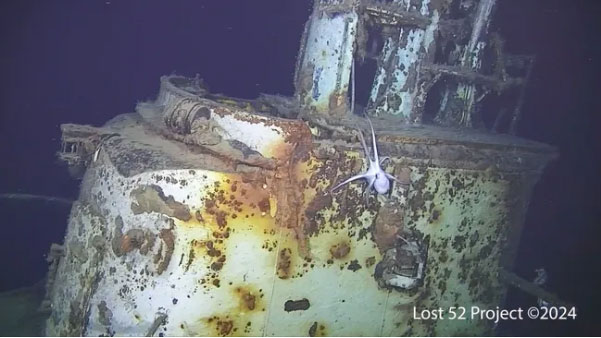
NEW YORK, NEW YORK—Live Science reports that the wreckage of the USS Harder has been found under 3,750 feet of water by members of the Lost 52 Project, a group that looks for the 52 U.S. submarines lost during World War II. Naval records show that the Harder, nicknamed the “Hit ‘Em Harder,” had torpedoed and sunk five Japanese destroyers and other enemy ships in the Pacific Ocean before it was lost during a battle in the South China Sea near the Philippine Island of Luzon on August 24, 1944. All 79 crew members were killed. The Lost 52 Project team members began their search for the USS Harder by reviewing reports of the battle, then exploring possible sites with shipboard sonar. “It is a long and arduous process, like looking for a needle in a haystack,” said Tim Taylor of the Lost 52 Project. The submarine’s resting place is protected as a war grave. To read about the underwater archaeology of the attack on Pearl Harbor, go to "December 7, 1941."


